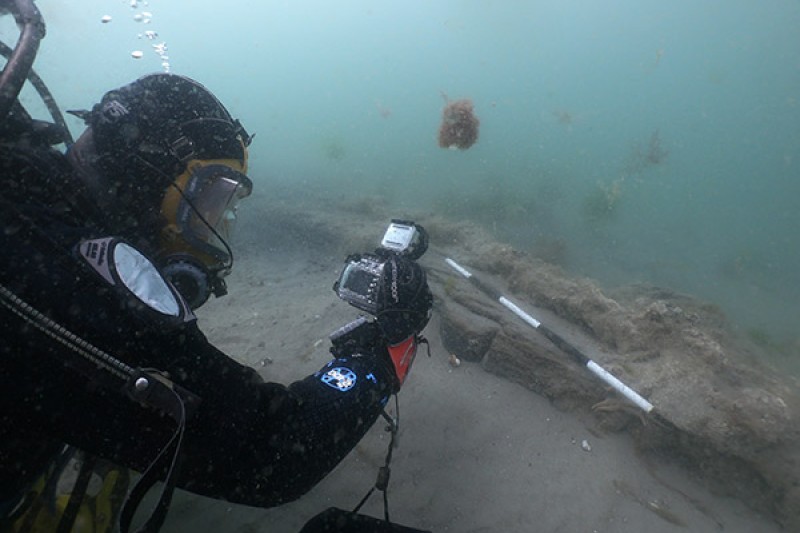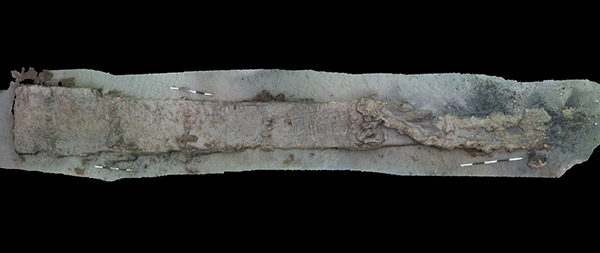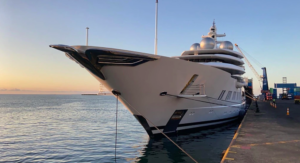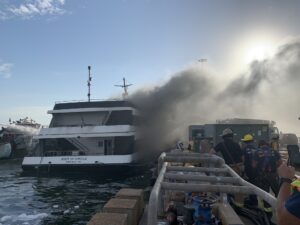Missing piece of 250-year-old warship discovered in the Solent

Divers have discovered the complete rudder of the 250-year old HMS Invincible on the seabed in the Solent.
The first HMS Invincible was captured from the French Navy in 1747 and sank off the coast of the Solent in 1758. Archaeologists and divers from Bournemouth University and the Marine Archaeology Sea Trust began excavating the wreck in 2017 but her rudder was never found. It is believed to have parted from the main stern and floated off as the ship ran aground.
However, last month, a team led by Bournemouth University finally found it lying 60m from the original wreck site. The rudder is complete from top to bottom and is over 11m long.

Dr Dan Pascoe, an archaeologist at Bournemouth University, says: “We have conducted several routine surveys of the seabed, and had previously noted an anomaly in the sand, which I suspected could have been the rudder.
“Since then, natural erosion of the sand has revealed more of its secrets and our divers have finally been able to confirm where the missing piece of the puzzle has been hiding.”
While the rudder is in very good condition, there is risk that it could deteriorate now it is exposed to the elements in the sea, however recovering and conserving it on land would need financial investment.
“In the short term we are going to bury it with sandbags to protect it from further erosion,” explains Pascoe, “then longer term our team are looking into whether it can be brought to the surface and preserved safely.”
Originally L’Invincible, the 74-gun ship was built in France on the banks of the River Charente in 1744. Her service in the French Navy was short as she was captured at the first Battle of Finisterre in 1747.
In February 1757, Invincible began a voyage to Louisbourg (modern day Nova Scotia) but a series of events led to her wrecking on a shallow sand bank, seven metres down.
The wreck was discovered in 1979 by a local fisherman. A three-year excavation project on the wreckage site, which was completed in December 2019, recovered items that are now on display at the National Museum of the Royal Navy in Portsmouth for the public to view.











